Welcome to our blog post on evaluating the quality of a pre-owned engine. Whether you’re in the market for a used car or looking to replace an existing engine, knowing precisely what you’re getting is essential. After all, the engine is the heart and soul of any vehicle, and ensuring its reliability is crucial for your peace of mind. In this article, we’ll share some valuable tips on assessing the quality of a pre-owned engine before making your purchase. If you are looking for good deals, you should check out Used Car Specials. So, let’s dive in and discover how you can make an informed decision when buying a used engine that will stand the test of time.
Visual Inspection
 The first step in evaluating the quality of a pre-owned engine is to conduct a thorough visual inspection. This involves taking a close look at the overall condition and cleanliness of the engine. Start by checking for any signs of leaks, such as oil or coolant stains around gaskets and seals. These can indicate potential issues with the engine’s integrity. Next, inspect the belts and hoses for cracks or excessive wear.
The first step in evaluating the quality of a pre-owned engine is to conduct a thorough visual inspection. This involves taking a close look at the overall condition and cleanliness of the engine. Start by checking for any signs of leaks, such as oil or coolant stains around gaskets and seals. These can indicate potential issues with the engine’s integrity. Next, inspect the belts and hoses for cracks or excessive wear.
These components are critical for proper functioning, so any signs of damage should be taken seriously. Additionally, examine the wiring harnesses and connectors to ensure they are intact and free from fraying or corrosion.
Compression Test
One important factor to consider when evaluating the quality of a pre-owned engine is to perform a compression test. This test helps determine the overall health and condition of the engine’s internal components. During a compression test, a specialized tool called a compression gauge is used to measure the pressure produced by each cylinder when it fires. Low or uneven compression readings can indicate worn piston rings, leaking valves, or other internal problems. To conduct a compression test, remove all spark plugs and turn off the ignition system.
Service Records
When evaluating the quality of a pre-owned engine, one crucial aspect to consider is its service records. These records can provide valuable insights into the maintenance and repair history of the engine, allowing you to make an informed decision. Service records are like a roadmap that tells a story about how well the engine has been handled over time. They typically include details such as oil changes, tune-ups, and any major repairs or replacements that have been done. Reviewing these records lets you know how regularly the engine was serviced and if any significant issues were addressed.
Mileage and Age
When evaluating the quality of a pre-owned engine, two critical factors to consider are mileage and age. The number of miles an engine has been driven, and its overall age can provide insight into its potential lifespan and reliability. Mileage is often a key indicator of how much wear and tear an engine has experienced. Generally, lower mileage engines tend to be in better condition as they have been subjected to less stress and strain over time. However, it’s important to remember that other factors, such as maintenance history, also play a role.
Start-Up and Running Condition
 When evaluating the quality of a pre-owned engine, it’s crucial to assess its start-up and running condition. This step provides valuable insight into how well the engine is functioning and any potential issues it may have. To begin, always listen closely to the engine as it starts up. Pay attention to unusual sounds like knocking or ticking noises, which could indicate internal problems.
When evaluating the quality of a pre-owned engine, it’s crucial to assess its start-up and running condition. This step provides valuable insight into how well the engine is functioning and any potential issues it may have. To begin, always listen closely to the engine as it starts up. Pay attention to unusual sounds like knocking or ticking noises, which could indicate internal problems.
A smooth and quiet start is generally a positive sign. Next, observe how the engine runs during idle. It should maintain a steady RPM without any sputtering or stalling. Keep in mind that purchasing a pre-owned engine comes with inherent risks; however, by taking these precautions and conducting diligent evaluations upfront, you can minimize those risks significantly. So take your time researching options, ask essential questions about maintenance history if available—and ultimately—make …
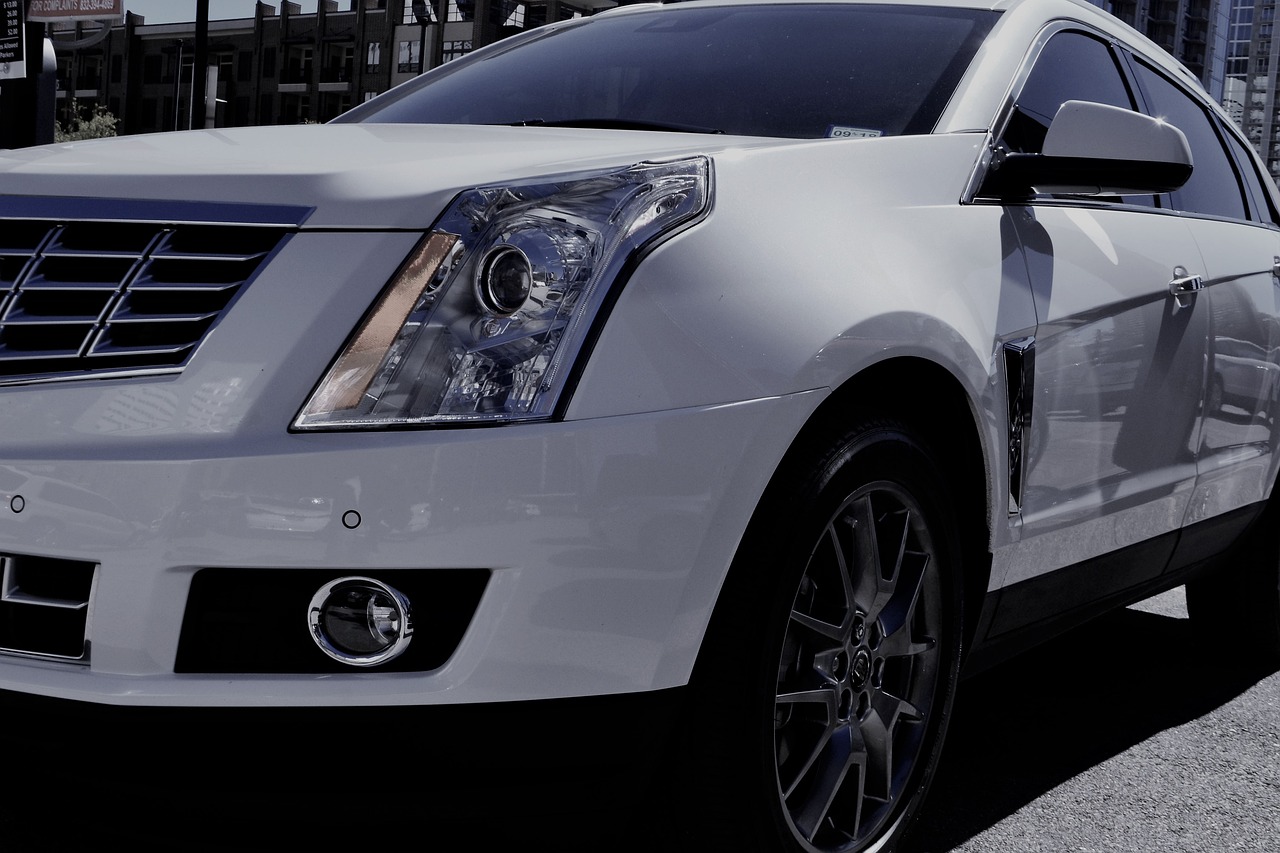

 One mistake that many car owners make is ignoring strange noises coming from their vehicles. While these noises may seem minor at first, they usually indicate a bigger issue with your car that should be addressed as soon as possible. This includes anything from grinding brakes or knocking sounds to funny smells or smoke coming from the engine.
One mistake that many car owners make is ignoring strange noises coming from their vehicles. While these noises may seem minor at first, they usually indicate a bigger issue with your car that should be addressed as soon as possible. This includes anything from grinding brakes or knocking sounds to funny smells or smoke coming from the engine. Finally, many car owners make the mistake of driving with low fluids. This includes anything from engine oil to coolant, power steering fluid, transmission fluid, and brake fluid. All these fluids are essential for proper vehicle operation and should be checked regularly. If any of them run out or become too low, it can cause major damage to your vehicle.
Finally, many car owners make the mistake of driving with low fluids. This includes anything from engine oil to coolant, power steering fluid, transmission fluid, and brake fluid. All these fluids are essential for proper vehicle operation and should be checked regularly. If any of them run out or become too low, it can cause major damage to your vehicle.
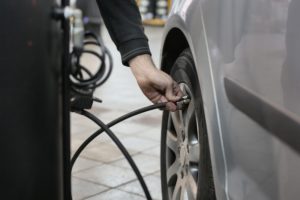 The first way to prevent a flat tire is to check the tire pressure regularly. You can find the correct tire pressure for your car in the owner’s manual or on a sticker inside the driver’s door. Check the pressure when the tires are cold – before you’ve driven more than a mile or two. If you’re not sure how to do this, most gas stations have air pumps and will do it for you for free.
The first way to prevent a flat tire is to check the tire pressure regularly. You can find the correct tire pressure for your car in the owner’s manual or on a sticker inside the driver’s door. Check the pressure when the tires are cold – before you’ve driven more than a mile or two. If you’re not sure how to do this, most gas stations have air pumps and will do it for you for free.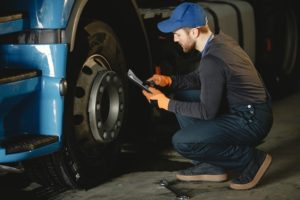 The fourth way to prevent a flat tire is to avoid overloading your car. This means not carrying more weight than your car’s suspension can handle. The extra weight strains the tires and can cause them to lose air pressure or even burst. So, if you’re planning a long road trip, pack light. You can know the limit of your car by checking the owner’s manual.
The fourth way to prevent a flat tire is to avoid overloading your car. This means not carrying more weight than your car’s suspension can handle. The extra weight strains the tires and can cause them to lose air pressure or even burst. So, if you’re planning a long road trip, pack light. You can know the limit of your car by checking the owner’s manual.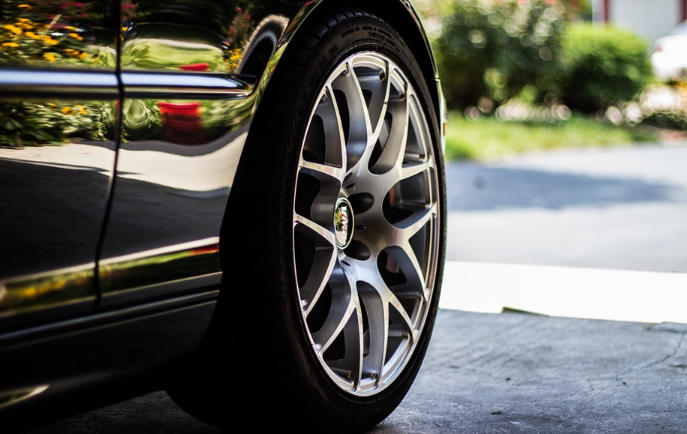
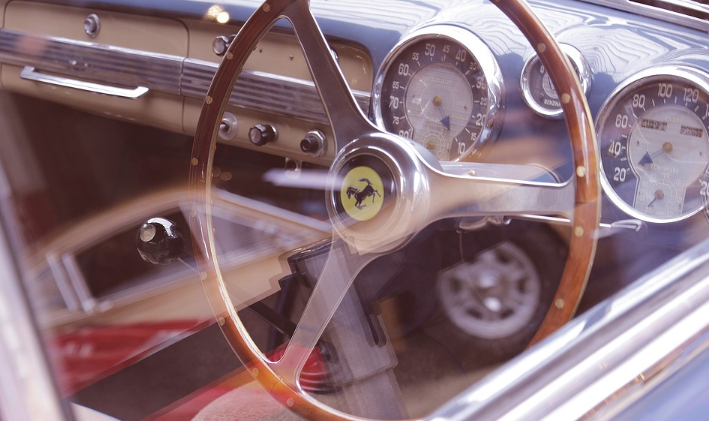
 You do not want to buy a piece just because it does not work well. It is extremely important to feel comfortable knowing that there is a very clear return/exchange policy and some guarantee. It would help if you had a commercial understanding of this warranty before you buy it. If you do not even get a warrant, find another place that does.
You do not want to buy a piece just because it does not work well. It is extremely important to feel comfortable knowing that there is a very clear return/exchange policy and some guarantee. It would help if you had a commercial understanding of this warranty before you buy it. If you do not even get a warrant, find another place that does.